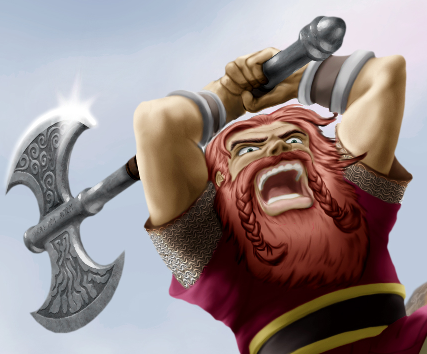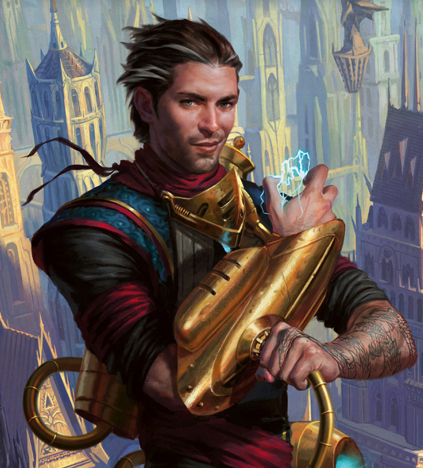
In the addition sum above, the digits have been replaced by letters and smiley faces. Different letters stand for different digits, the same letter stands for the same digit, a smiley face can be any digit, and leading digits cannot be zero.
If FIVE is divisible by 5 and ELEVEN is divisible by 11, what number is FIFTEEN?
Now, I've figured out that E must be five as any number disivible by five ends with a 5 or a 0. Since no leading digit can be a 0, E can only be 5 as ELEVEN cannot start with a 0. Now previous puzzles I've attempted managed to replace either all 10 digits or 9 digits, which made things a lot easier. However, in this puzzle, only 7 digits have been replaced. I'm kinda stumped. In previous puzzles, I did all sorts of possible combinations but this is a bit too drastic with this puzzle.
There are all sorts of combinations of 5L5V5N where L, V and N can be any of nine digits. FIVE is just as difficult to work out. All I know is that F cannot be 0.
What's the best way to attack this puzzle?




















